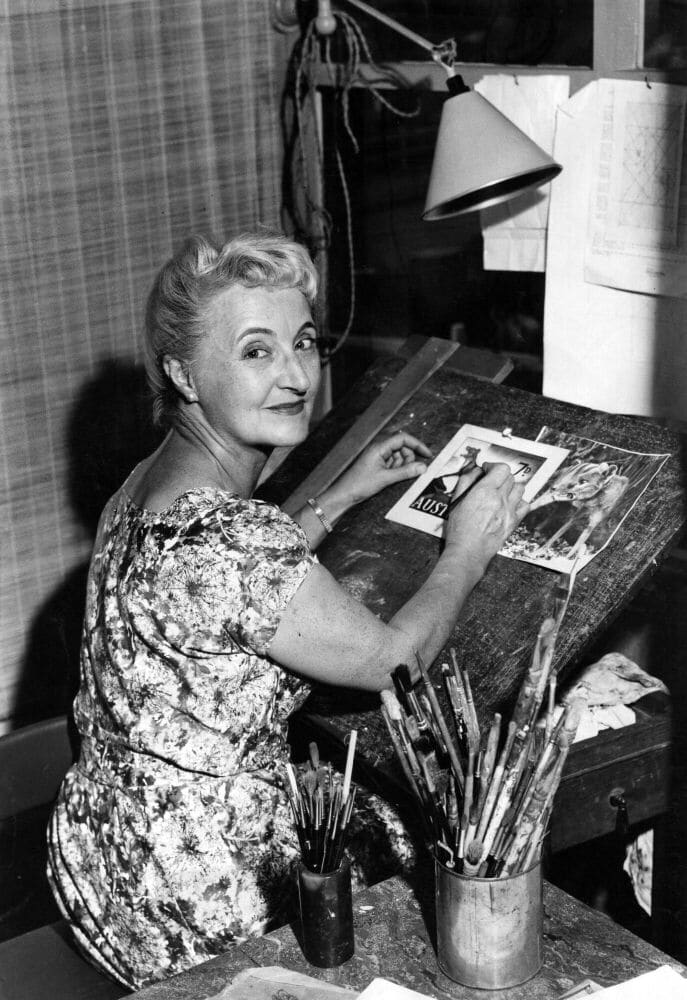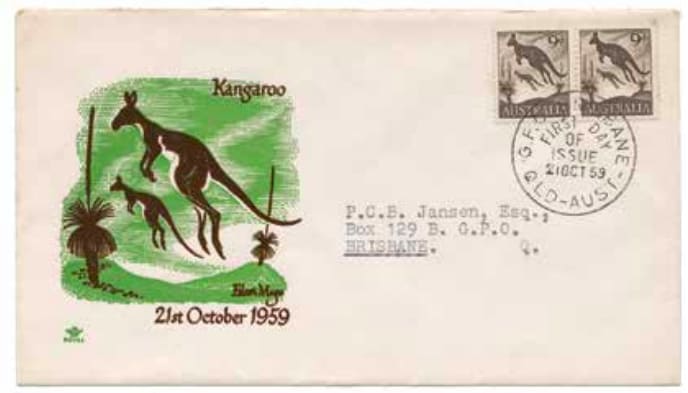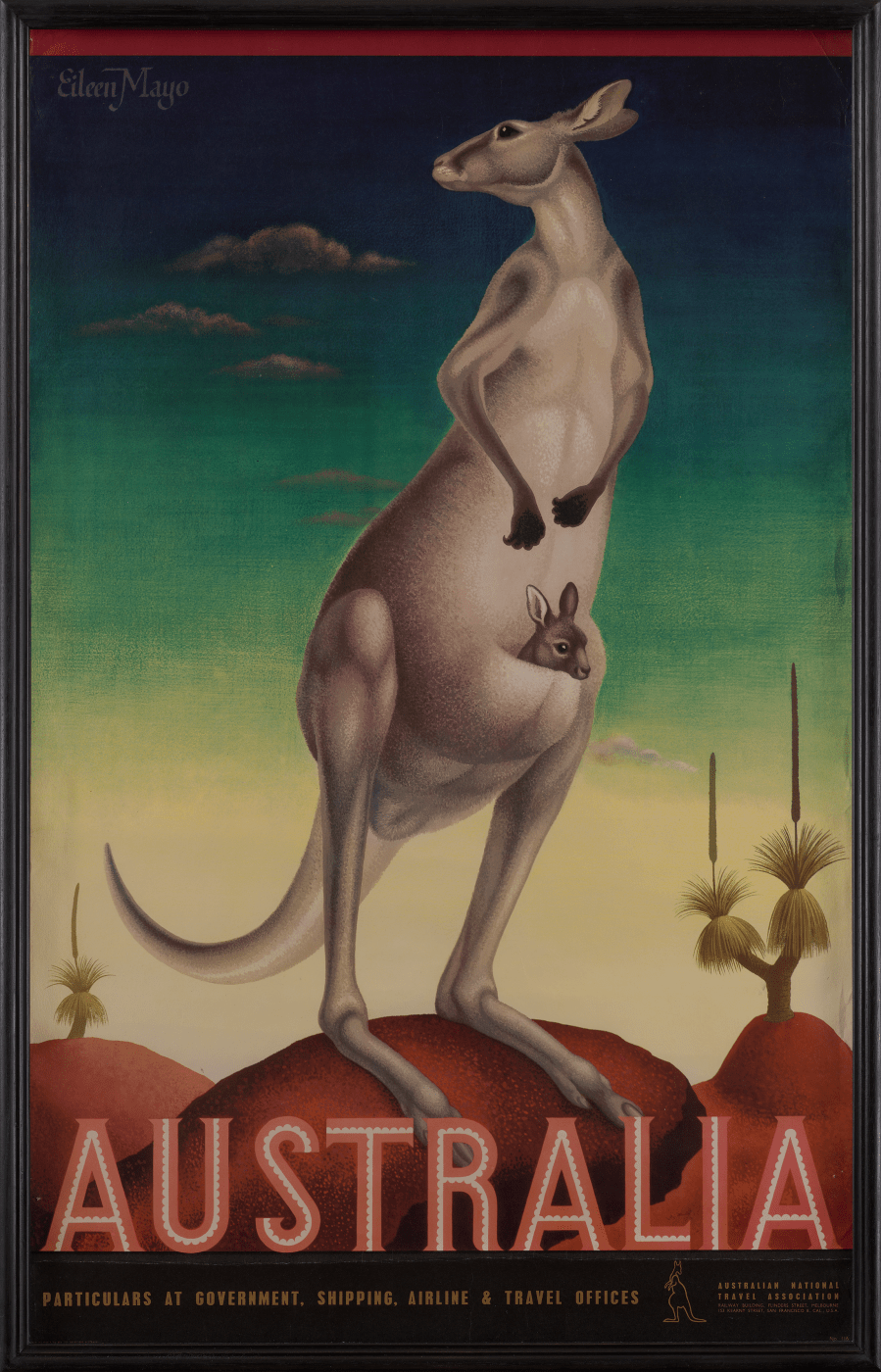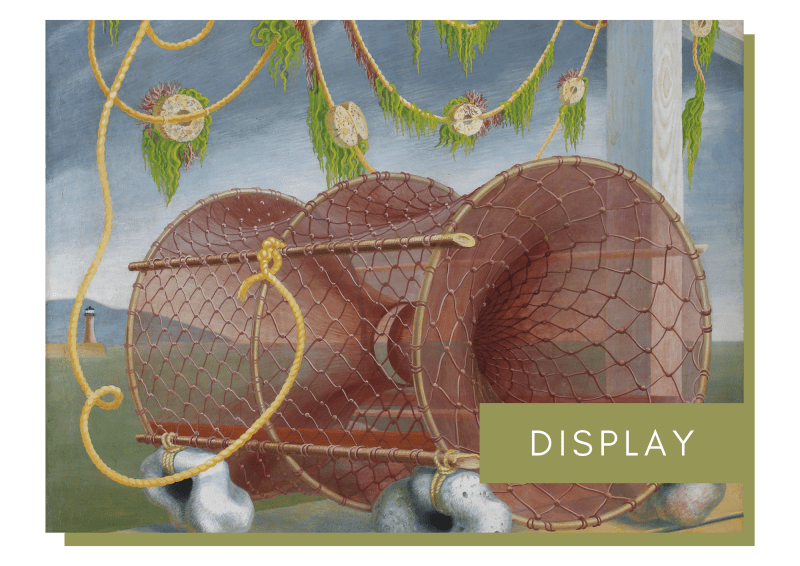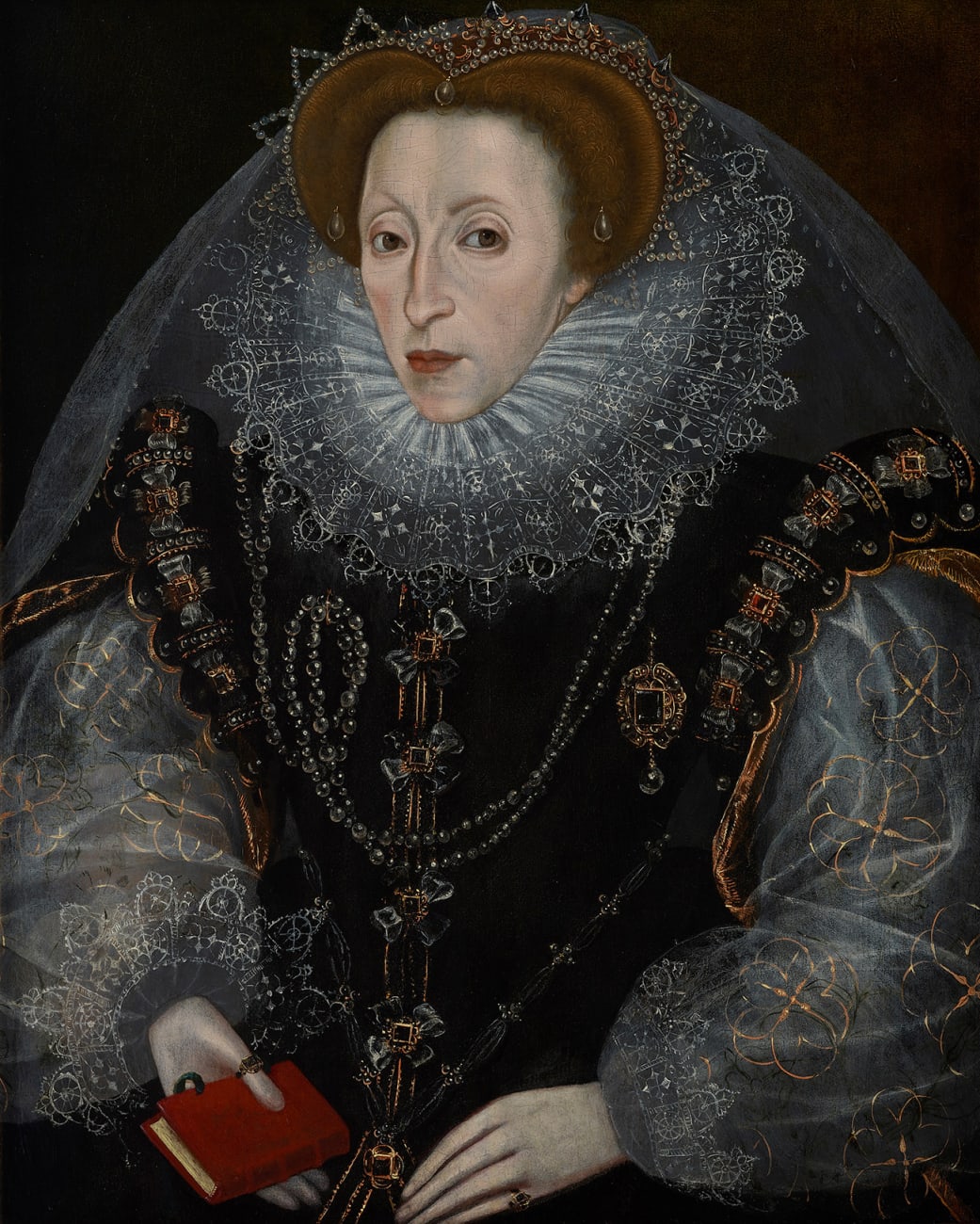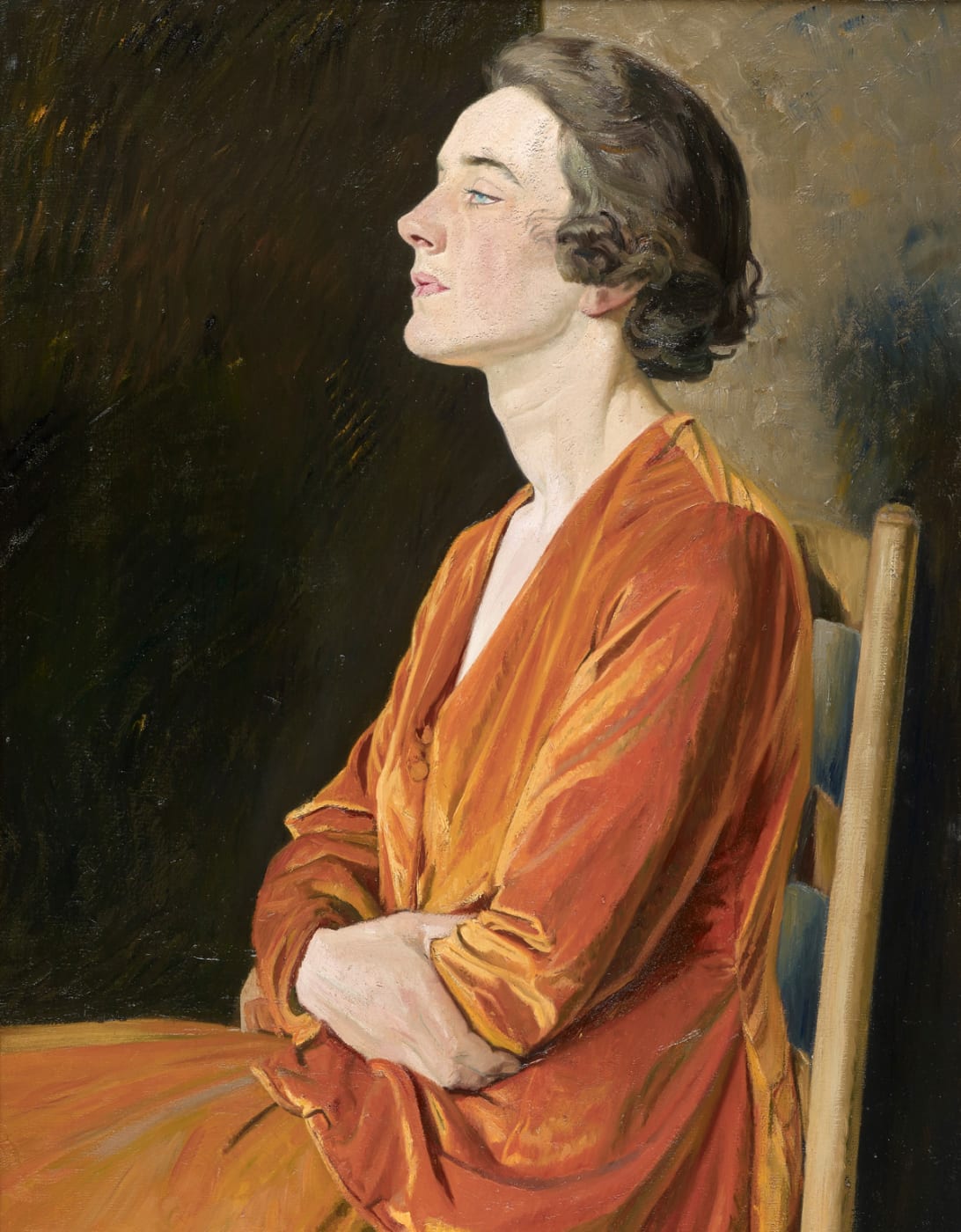Five Things To Know About Eileen Mayo
Known for her versatility across fine art and design, Eileen Mayo (1906–1994) was an ambitious artist who excelled at multiple mediums, including painting, linocuts, lithography, tapestry design, and illustration.
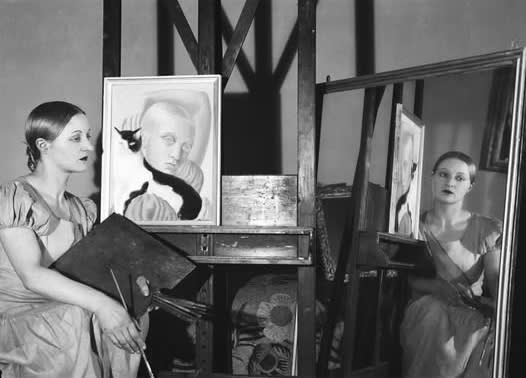
Eileen Mayo, 1930 by E.O. Hoppé © E.O. Hoppé Estate Collection
1. An Ambitious Model
Before establishing herself as an artist, Mayo worked as a model for some of Britain’s most celebrated twentieth century artists, including Laura Knight, Harold Knight, Vanessa Bell, Duncan Grant, Dod and Ernst Procter. Of her modelling career, she said: ‘All the time I have been posing for painters I have been studying their methods and listening to their talk. In this way I have learned more than I ever learned in an art school’.
2. Devoted to the Natural World
Mayo’s interest in nature was nurtured from an early age. At just two years old, her father began taking her on nature rambles, teaching her the correct botanical names of the plants they encountered. This early appreciation for the natural world remained a lifelong inspiration and a recurring motif throughout her career.
3. ‘Signed, Sealed, Delivered’ to your door
Whilst living in Australia and New Zealand, Mayo designed stamps featuring flora and fauna unique to these countries. Lucky recipients across New Zealand and Australia may have – perhaps unknowingly – received one of her designs, delivered through the letterbox…
4. Master of Many Mediums
Mayo was continually experimenting in different materials and mediums, making little to no distinction between fine and applied arts. She developed a strong foundation in technical skill and design, excelling in multiple mediums, including painting, linocuts, lithography, tapestry design, and illustration, seamlessly blending fine art with practical design.
5. An ‘Eggcellent’ Painter
During the wartime and post-war years, Eileen Mayo embraced the traditional technique of egg tempera painting, a method that uses egg yolk as a binder for pigments. Very few artists were using tempera at this date; not only was it a more difficult medium to master compared to oil paint but, crucially, eggs were scarce throughout the 1940s due to rationing. Undeterred, Mayo used her family’s egg ration to create her works, including the notable Lobster Pot.
